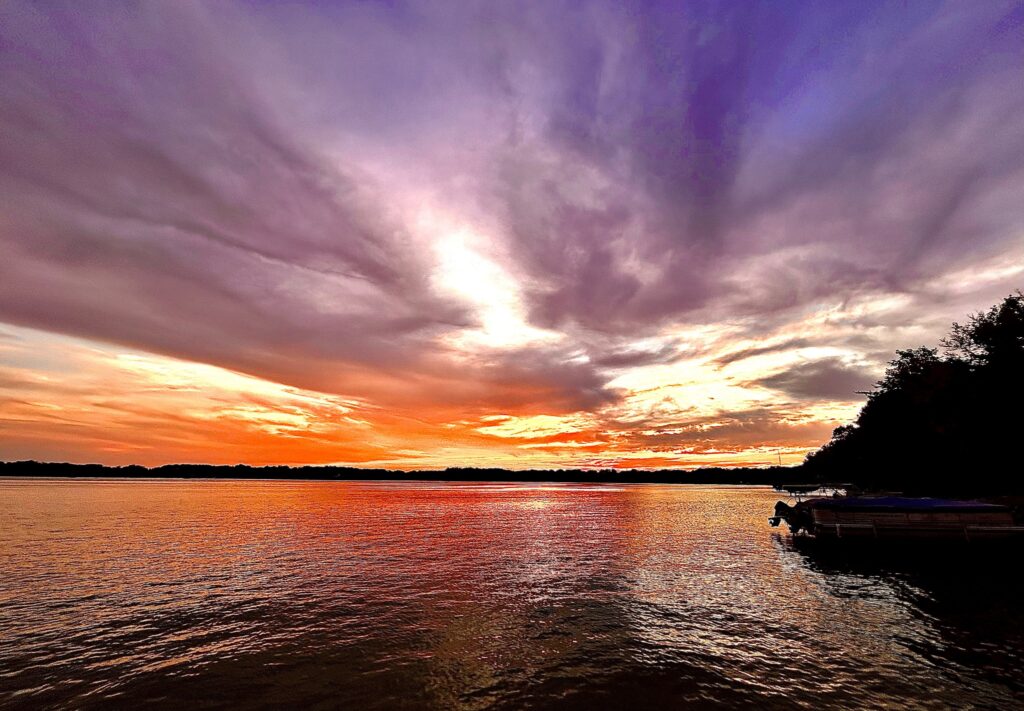
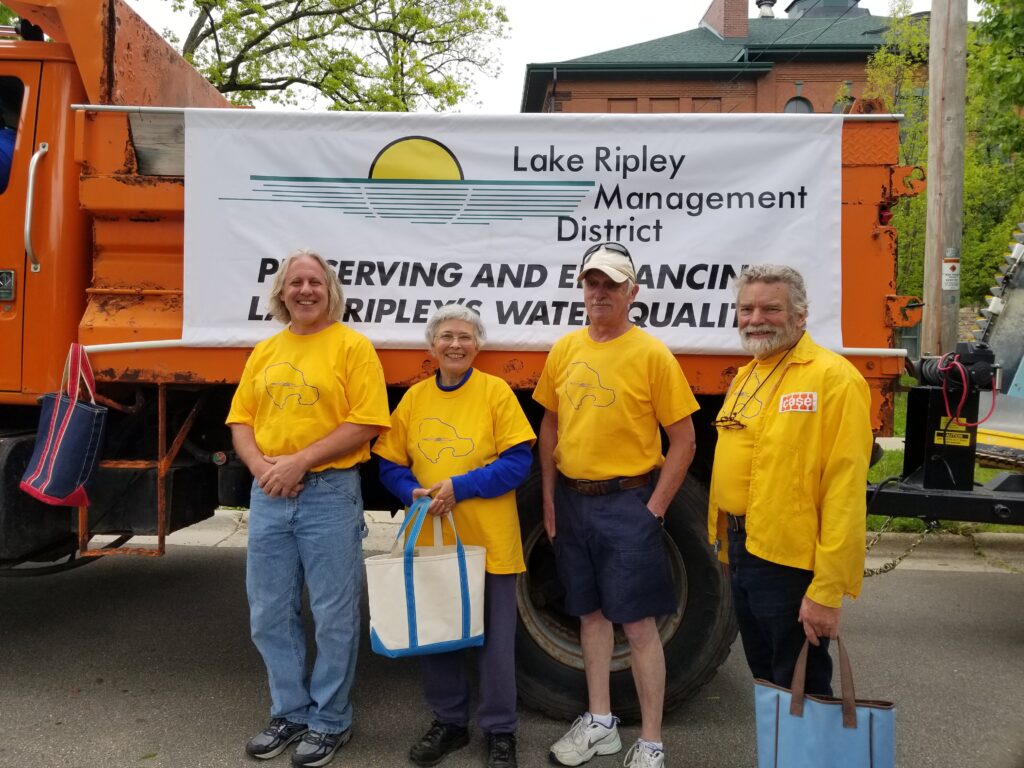
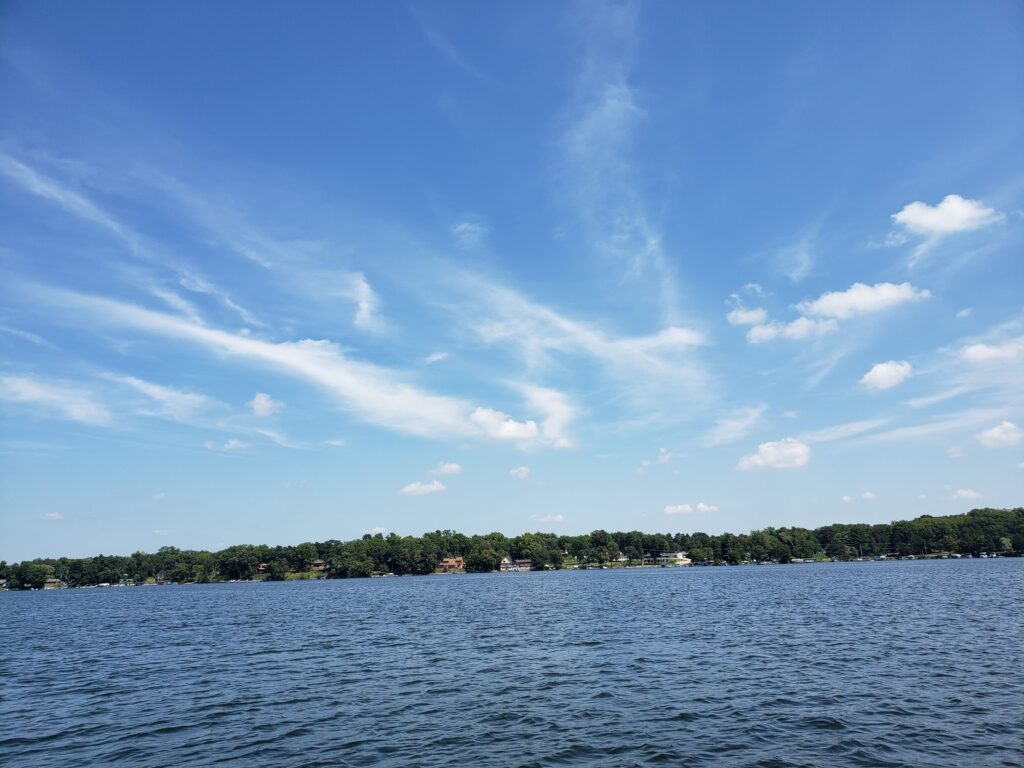
Contact: Lake Ripley Management District, (608) 445-4536 or [email protected]
March 25, 2025
The District received our VOC results from our March 14, 2025 sampling run. The results from the State Lab of Hygiene are posted below:
March 14, 2025
The District compelted VOC sampling with Enbridge representatives at four different sites along the inlet stream, near the oil spill location. The four sites sampled were: north of Highway 18, two adjacent to the Enbridge facility, and downstream of the facility. We expect to get results back within the next two weeks. We will share those results with our residents and the DNR.
There is an upcoming Public Forum meeting on Monday, March 24th at 6:00pm. At the public forum, Enbridge will be presenting the activities outlined in their Site Investigation Work Plan and other reports regarding the recent oil spill at Enbridge Energy Line 6 Cambridge Station. After the presentation, Oakland residents will have an opportunity to ask Enbridge and the DNR questions.
February 27, 2025
The Surface Water Sampling Plan and the Water Supply Well Sampling Plan were added to BRRTS: BOTW Additional Plans.
The Surface Water Sampling Plan discusses Enbridge's proposal to monitor the inlet stream that is adjacent to the facility. They are proposing surface water sampling be conducted quarterly, beginning in March 2025 (Q1). Subsequent sampling is tentatively scheduled for June 2025 (Q2), September 2025 (Q3), and December 2025 (Q4). Surface water samples will be collected for the laboratory analysis of volatile organic compounds (VOCs) by EPA Method 8260. The samples will be collected at four different sampling locations: upstream of site, two adjacent to the site, and one downstream of the site. The Lake Ripley Management District will coordinate with Enbridge to collect surface water samples. The District will collect our own surface water samples, which will be tested for VOCs at the State Lab of Hygiene. Following Q4 sampling, Enbridge will conduct a comprehensive data review to assess the need for continued surface water monitoring/sampling.
Town Chair Laura Payne has organized the next Public Forum with Enbridge on Monday March 24th, 2025 at 6 pm at the Oakland Town Hall. At the public forum, Enbridge will be presenting the activities outlined in their Site Investigation Work Plan (Work Plan) and other reports regarding the recent oil spill at Enbridge Energy Line 6 Cambridge Station. After the presentation, Oakland residents will have an opportunity to ask Enbridge and the DNR questions.
For any questions, please email DNR's Caroline Rice at: [email protected].
You may also reach out directly to Enbridge at [email protected].
February 21, 2025
The Site Investigation Work Plan (Work Plan) for the Enbridge Energy Line 6 Cambridge Station is now available. Please follow this link to view the Work Plan: BOTW - Work Plan
For any questions, please email DNR's Caroline Rice at: [email protected]
January 6th
On December 23, 2024 the District completed a second round of sampling to test for Volatile Organic Compounds (VOC) in the surface water adjacent to the Enbridge facility. We took samples in three different locations - upstream of the facility, adjacent to the facility, and downstream of the facility. We received the results Friday, January 3rd. All results showed no VOC detections. Great news! We sent our results to the DNR for review.
Results are available below:
December 19
On December 19, the DNR informed the Town of Oakland that they received analytical test results of two private water wells in the immediate area of the Enbridge facility. The water samples were tested for the full range of Volatile Organic Compounds (VOCs) and no VOCs were detected in the water samples.
The District completed a screening round for Diesel Range Organics (DRO) and Gasoline Range Organics (GRO) on December 4, 2024. We received our results back and the results showed elevated levels of Diesel Range Organics in those initial samples. The DRO method is not a qualitative analysis, so we were unable to say what the hydrocarbons present in the sample are from. Even though the result was reported as “DRO,” it does not mean that the sample is contaminated with diesel fuel. It means that there are hydrocarbons present in the sample that would fall in the diesel fuel carbon range (C10 – C28). There are many types of fuels and/or oils that fall in this carbon range These DRO/GRO results prompted the District to complete further testing that would determine the specific types of petroleum products present.
December 18
On November 11, the Wisconsin Department of Natural Resources (DNR) was notified of a spill at the Enbridge facility in the Town of Oakland. The following day, Enbridge confirmed the point of release and made repairs. An investigation began at that time, and it remains ongoing to determine the extent of the spill, which was revised to its current estimate of 69,300 gallons late last week. We have been informed that Enbridge is continuing to work with the DNR, the required regulatory agency, as the investigation continues.
The Lake Ripley Management District was notified of the spill on November 20, and since then have been in communication with Enbridge, the DNR, appropriate County Departments, and the Town of Oakland on a weekly basis to understand the impacts of the spill. The District collected water quality samples from the creek adjacent to the facility and expect to get results back this week. At this time, there are no known impacts to Lake Ripley. The District will continue working with all entities involved and will provide updates via our website (www.lakeripley.org).
Potentially impacted homeowners have already been notified by Enbridge. As the spill investigation continues, additional outreach will be conducted as necessary. Enbridge stated that their tests have shown that the product has remained within the bounds of their property at this time.
Jefferson County Health Department (JCHD) recommends that Town of Oakland residents in the immediate vicinity of the facility monitor their water for discoloration and odor. If a resident in the immediate vicinity discovers an issue, please contact JCHD at (920) 674-7275.
To view the DNR’s press release regarding this incident, follow this link: DNR Investigating Spill Of Enbridge Line 6 Pipeline | Wisconsin DNR
DNR Points of Contact:
Private Well Concerns:
Gregory Roanhouse
(262) 822-7730
[email protected]
Investigation and Technical Process:
Issac Ross
(414) 750-7140
[email protected]
Public Health Concerns:
Nathan Kloczko
(608) 867-4448
[email protected]
Media Requests:
Enbridge Contact:
Phone: (833) 362-7434
Email: [email protected]
The Jefferson County Land and Water Conservation Department, in collaboration with the Health Department and Planning and Zoning Department, worked with the University of Wisconsin Stevens Point Center for Watershed Science and Education on a groundwater study for Jefferson County. The study involved collecting data on a variety of important well water concerns to better understand the quality of the groundwater throughout the County and use the results to educate landowners about their drinking water.
Jefferson County is hosting a presentation on the groundwater study results on Monday, April 7 at the UW-Extension building, 864 Collins Road, Jefferson. The presentation on the study results will start at 6:00 pm and will be given by Kevin Masarik, Director of the Center for Watershed Science and Education. Attendees will learn about groundwater basics, well construction, test results (including those with human health implications), groundwater quality in Jefferson County, and improving your water quality. Jefferson County staff will also be on hand to explain the next steps related to education and outreach on groundwater issues.
Doors will open at 5:30 pm so that the public can obtain educational handouts and information on well water testing. At the event, citizens can also have their private well water screened for nitrate. To take advantage of this screening, samples should be collected within 24 hours of being screened and the following procedure should be used: use a clean glass or plastic bottle/jar, take sample from the main drinking water source, run the faucet for 5-10 minutes on cold at full flow before collecting a sample, do not touch the bottle/jar to the faucet.
The final report of the groundwater study, link to an interactive online dashboard of results, and other information on the groundwater study can be obtained by visiting Jefferson County’s website (https://www.jeffersoncountywi.gov/) and entering “groundwater” into the search box in the upper right corner. For more information on the groundwater study, please contact Patricia Cicero, Director of the Jefferson County Land and Water Conservation Department, at 920-674-7121 or [email protected].
Private Well Concerns:
Gregory Roanhouse
(262) 822-7730
[email protected]
Investigation and Technical Process:
Issac Ross
(414) 750-7140
[email protected]
Public Health Concerns:
Nathan Kloczko
(608) 867-4448
[email protected]
Media Requests:
Enbridge Contact:
Phone: (833) 362-7434
Email: [email protected]
What we are experiencing is called a filamentous or green algae bloom. The algae typically begin their growth near the bottom of the lake in cool, clear water in early spring. As they photosynthesize they produce oxygen, which can form bubbles within the filaments and buoy them to the water’s surface where they form the floating mats similar to those in your photos. At the surface the higher light levels become stressful for the algae and as they reach the end of their life cycle the mats turn brown and can become smelly as they decompose. Filamentous green algae are not hazardous and do not produce toxins. These algae are a natural and essential component of a healthy aquatic ecosystem. They serve as a food source for protozoa and invertebrates, provide oxygen to the water and provide habitat for small animals including aquatic insects, fish, snails, and scud.
Filamentous algae can form long chains of cells that look like threads or filaments. These filaments entwine and can then form dense mats that look like wet wool, cotton, or slime. Problems arise when there is an excess of nutrients that cause algal blooms, or accumulations of filamentous algae, known as mats. Excessive algae blooms can be a result of high nutrient levels in the lake (think runoff, pesticides, fertilizers, dog poop, etc.). The WDNR’s expert on algae told me that we seem to be having a bumper crop of filamentous green algae throughout southeastern Wisconsin this year. She suspects that intermittent warm periods this winter may be part of the cause. She also stated that wind has a big impact on where the floating mats end up and these mats will accumulate at the downwind shore, so large accumulations are caused by wind moving the mats around. During the winter we were experiencing that intermittent warm weather which likely encouraged the algae to grow sooner and more profusely. This spring has been warm with very little rain which is a contributing factor to the algae growth.
The only way to ensure effective, long-term control of algae outbreaks is to treat the cause of the problem by reducing excessive nutrient inputs into the lake. The District is constantly working towards solutions to reduce the amount of nutrients that enter Lake Ripley and its watershed by collecting water quality data, developing projects along the inlet stream and in other areas to reduce the amount of nutrients that enter Lake Ripley’s watershed, applying for grants to help fund these projects, deliberating and collaborating with other professionals (Wisconsin DNR, Jefferson County Land and Water Conservation Department, etc.) to brainstorm other solutions, and educating riparian owners on best management practices on their near-shore properties, to name only a few. The District has developed a 10-year Lake Management Plan in which we lay out what our goals are to preserve and enhance Lake Ripley.
Nutrient reductions can be achieved by homeowners planting low maintenance lawns, applying less fertilizer near waterways, using phosphorous free fertilizer, maintaining vegetative buffer strips to absorb nutrients, and increasing bank stability to reduce soil erosion. We encourage every riparian owner to make sure they are using best management practices along their shoreline. All of us are responsible for using best management practices to protect Lake Ripley to the best of our ability.
No lake water is safe enough to drink and it is always recommended to wash off after swimming in any lake.
Here are a few websites that serve as good educational resources:
- https://dnr.wisconsin.gov/sites/default/files/topic/Lakes/SpirogyraCycle.pdf
- https://www.co.winnebago.wi.us/sites/default/files/uploaded-files/lake_tides_001.pdf
- https://www.dhs.wisconsin.gov/publications/p01888.pdf
- https://lakeripley.org/lake-information/
When the weed harvester gets launched on the lake our crew will pick up us many algae mats as possible. It can be difficult to collect, as the filamentous algae can sometimes slide through the mesh and back into the water. However, they will still be diligent in collecting as many algae mats as they can.
What is filamentous algae?
Filamentous algae is an algae that forms dense, hair-like mats. It starts growing at the bottom of the lake and on plants. As it grows, it produces oxygen that gets trapped within its tangled strands. This trapped oxygen then causes the algae to rise to the surface of the water. As the algae dies, it turns brown.
Is it new to our lake?
Filamentous algae is not new to lakes – it is a part of lake ecosystems as are many other kinds of algae.
Why can there be large amounts of filamentous algae some weeks and less another?
Weather is definitely a factor for how much filamentous algae grows. If there are large precipitation events, then nutrients (phosphorus) will be carried to the lake via stormwater and can cause excess algae to grow. In the spring after ice-out, it is typical for filamentous algae to grow when the water is clear allowing the sun to penetrate to the lake bottom. When air and water temperatures heat up, the warm water is also an ideal growing condition for filamentous algae. Wind influences where the filamentous algae mats are located on a lake. Therefore, the algae can accumulate at the downwind shore, and are not a reflection of the quality of the area where they are located.
Is there a connection with zebra mussels?
Zebra mussels filter algae out of the water column and excrete nutrients onto the lake bottom. This has the effect of making the water clearer allowing for greater growth of filamentous algae which benefit from nutrients near the lake bottom.
Is it harming the lake?
Filamentous algae provide cover for aquatic insects, snails, and other small animals which are valuable fish food. Excessive amounts of algae are certainly unsightly and smell bad. However, it is not causing any irreparable harm because the lake’s critters are well-adapted to experience periodic episodes such as a summer with excessive algae growth.
Is it toxic to humans?
It is not toxic to humans. However, it is always good practice to wash your hands after contact with any surface waters or algae.
Can mechanical harvesting machines be used to pick it up?
These machines are not designed to pick up filamentous algae. As confirmed by harvester operators on Madison lakes and Lake Ripley, the machines do not effectively pick it up. In addition, harvesters need a permit from the Department of Natural Resources (DNR) and when allowed on a lake, they are not permitted to operate in water with less than 3 feet of depth.
Can chemicals be used to treat it?
Chemical algae treatments are generally very ineffective. Spot treatments are very temporary and entire lake treatments are not practical. Algae quickly return (because nutrients are still in the water) and the danger from toxic copper build-up (from the chemicals) in the lake sediment is great. When chemicals kill algae, the sudden large-scale death can result in the growth of an algae than can be toxic to wildlife and humans. Chemical control requires a DNR permit.
How can filamentous algae be removed from the lake in the short-term?
The best method is to take out the floating clumps with use of a rake or net. You can compost these piles or use them in your garden as mulch. Removing floating plants and filamentous algae from the lake requires no permit. However, the DNR sometimes require permits for removal of rooted plants from the lake–so be sure to contact the DNR prior to removing any rooted plants from the lake.
What can be done in the long-term?
High filamentous algae growth in one year does not predict the same growth in future years. Adopting preventive measures to limit the flow of nutrients into the lake can help reduce the severity of future nuisance filamentous algae growth during high precipitation years. Some watershed-scale steps for reducing nutrient pollution include installing conservation practices to prevent erosion, reducing nutrient inputs from streets, installing native shoreline restorations instead of lawns next to the lake, and controlling construction site erosion. Property owners interested in installing conservation practices on their land to reduce nutrient loading to our waters should contact the Lake Ripley Management District at (608) 423-4537 or Jefferson County Land and Water Conservation Department at (920) 674-7121.
Sources of information: Wisconsin Department of Natural Resources, Minnesota Department of Natural Resources

With water temperatures rising in area lakes, a naturally occurring bacteria may cause local fish kills. The bacteria is commonly known as columnaris (Flavobacterium columnare). Columnaris outbreaks typically occur when water temperatures reach 65° to 70° F and rain events cause organic material to run into lakes and streams causing the bacteria to thrive and multiply. These conditions, combined with increases in spawning hormones (or other stressors such as low dissolved oxygen) which suppress fishes' immune systems make columnaris outbreaks more likely.
The most commonly affected fish in Wisconsin are bluegills, crappies, yellow perch and bullheads. Columnaris is aggressive and can rapidly spread and kill fish in a short (24 hour) time frame. Disease characteristics include yellowish mucus on part of the fins or gills, usually surrounded by an area with a reddish tinge, and associated sloughing skin. “In most cases, columnaris bacteria destroy gill tissue, causing the fish to become listless. Sick fish may be observed at the water surface and may have difficulty swimming and maintaining their balance,” according to Sue Marcquenski, a DNR fish health specialist.
Columnaris outbreaks are typically seasonal, and pose no threat to humans. However, you should not eat fish you find dead, decomposing, or that appear sick, regardless of cause. Decomposing fish may attract other bacteria harmful to people, so you should always wash your hands after handling fish especially if the fish is dead or appears diseased. Dead fish and fish with sores may be contaminated with bacteria and it is a good idea to wear protective gloves when handling dead fish.
Although it can appear to produce large scale fish losses in a matter of several days, columnaris usually does not have a catastrophic impact on overall fish populations in the bigger picture of a lake ecosystem, according to fishery biologists.
If you catch a diseased fish or observe a fish kill take the following steps:
- Note the waterbody, date, fish species, and approximate number of dead/dying fish.
- Anglers should retain suspicious looking fish as part of their daily bag limit for examination by the local fisheries biologist. Place the fish in a plastic bag and then in a cooler on ice. Do not transport the fish to a DNR office or hatchery.
- Do not collect fish samples from a fish kill.
- Contact the DNR TIP line (800-TIP-WDNR or (800) 847-9367) or your local fish biologist (Kristina Pechacek at (920) 838-5281).
The local fisheries biologist will contact you as soon as they are available and will make the determination about whether the fish should be examined or not. DNR staff will not have time to visit every occurrence of dead fish or examine every potentially diseased caught fish.
Date: 05/18/2023
Time: 6:00 p.m. - 7:30 p.m.
Location: N4450 County Hwy Cambridge, WI 53523
This public hearing will give information and background on the Lake Ripley Critical Habitat Designation started in 2006. The hearing will go over where, why and how these areas were selected and how the designation may impact Lake Ripley Management District members. Members of the public are encouraged to give feedback on the proposed designated areas.
Letters will be mailed out to riparians adjacent to and outside the proposed areas. The hearing will be advertised in the local Cambridge Newspaper and the Lake Ripley Management District's Ripples Newsletter.
Join In-person:
Oakland Town Hall
N4450 County Hwy
Cambridge, WI 53523
OR
Join Virtually via Zoom:
The Zoom link is https://us02web.zoom.us/meeting/register/tZ0tc-mgpjwvHtLI_a4Iu5x9DpPiEttAgtiQ
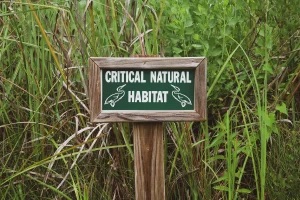





This summer the District helped our regional DNR Aquatic Invasive Species coordinator and LWCD's Water Resources Management Specialist conduct an early detection survey for spiny water fleas. The dredge results came back with no presence of the spiny water flea. Great news for the District!! This is one of the many reasons we value the Clean Boats, Clean Waters program. Education is key!
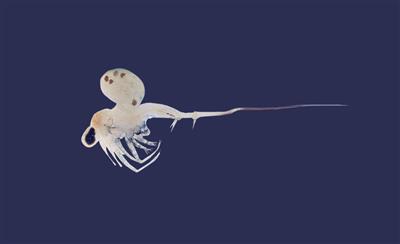
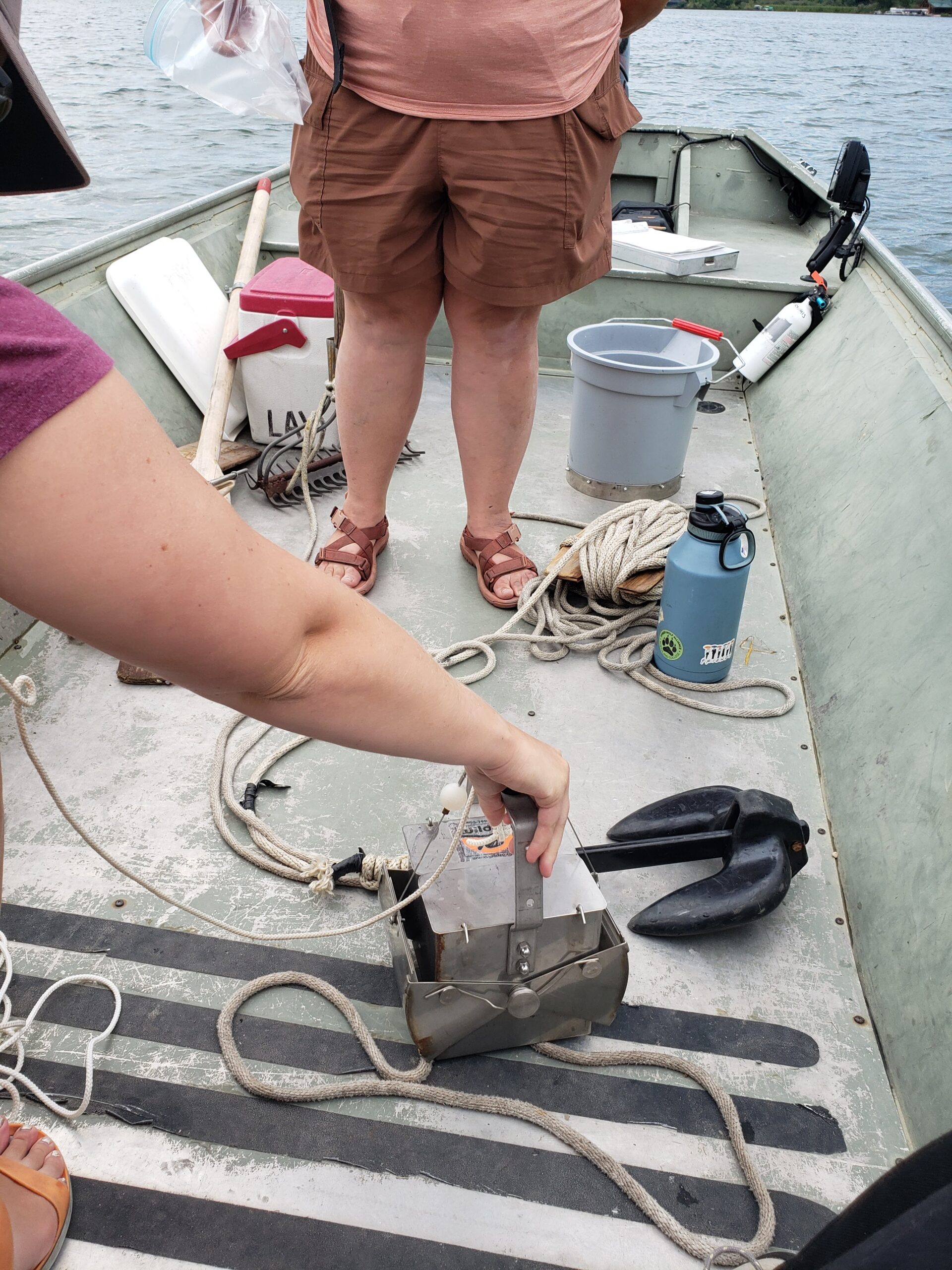
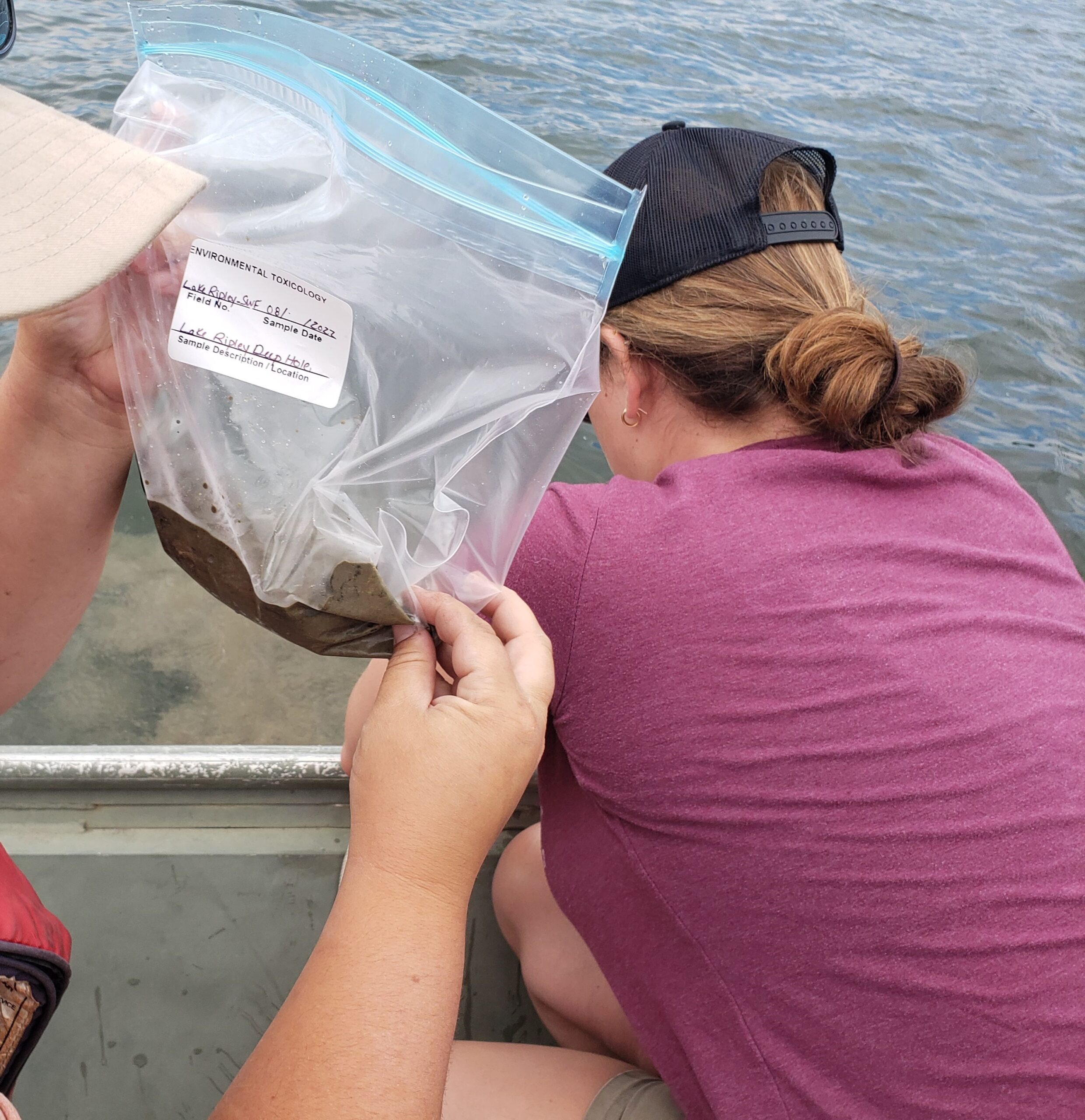
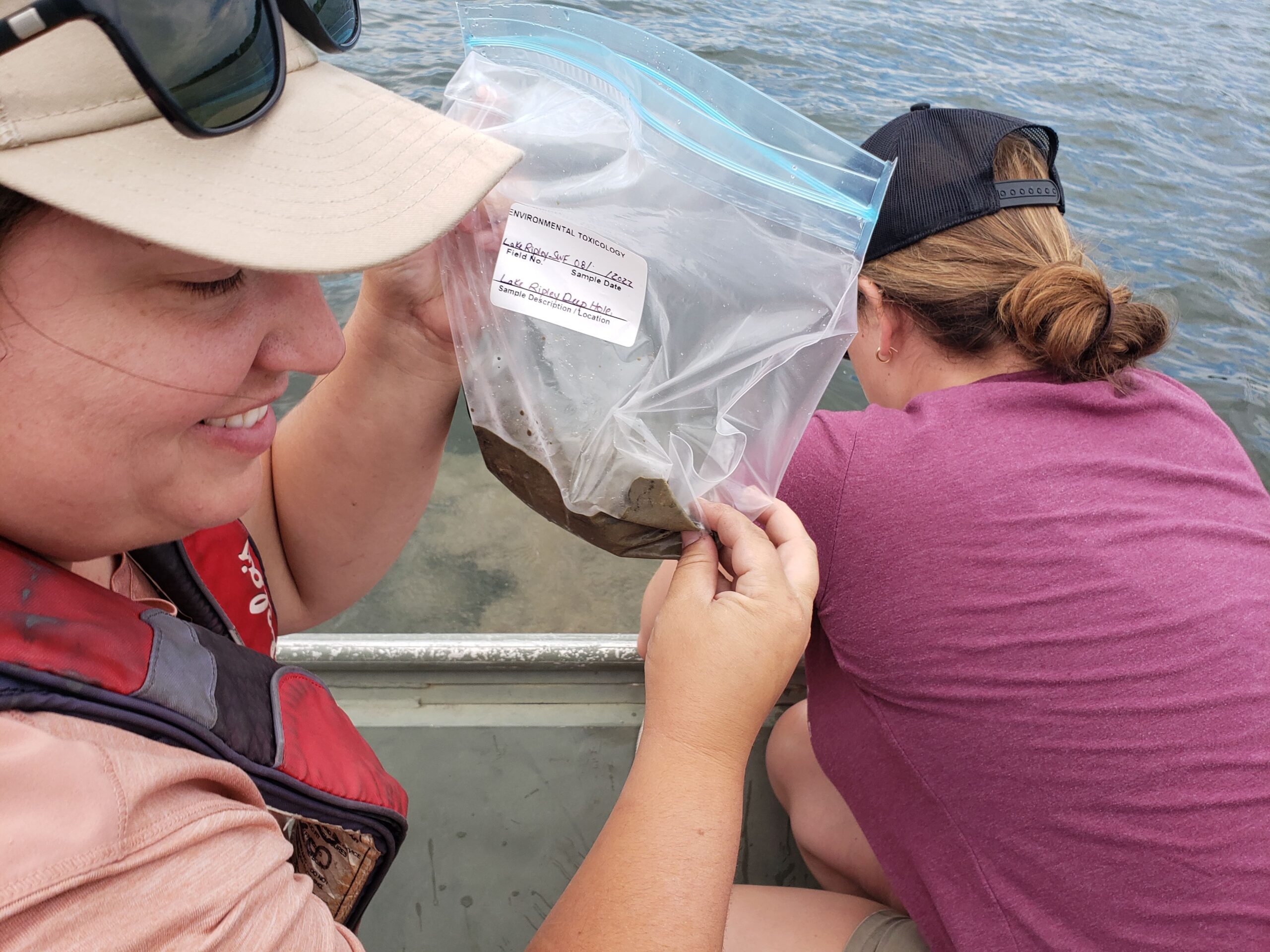
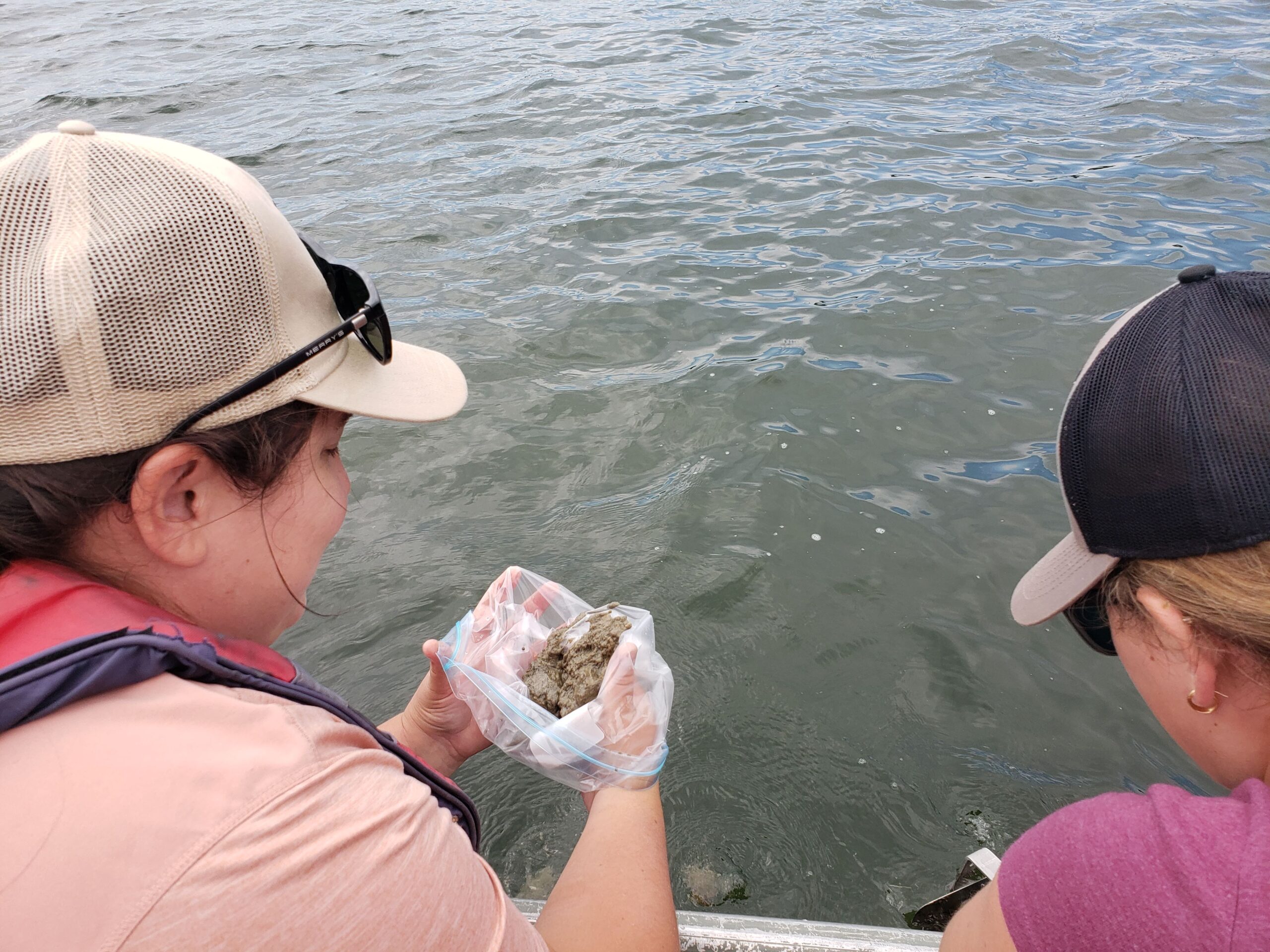
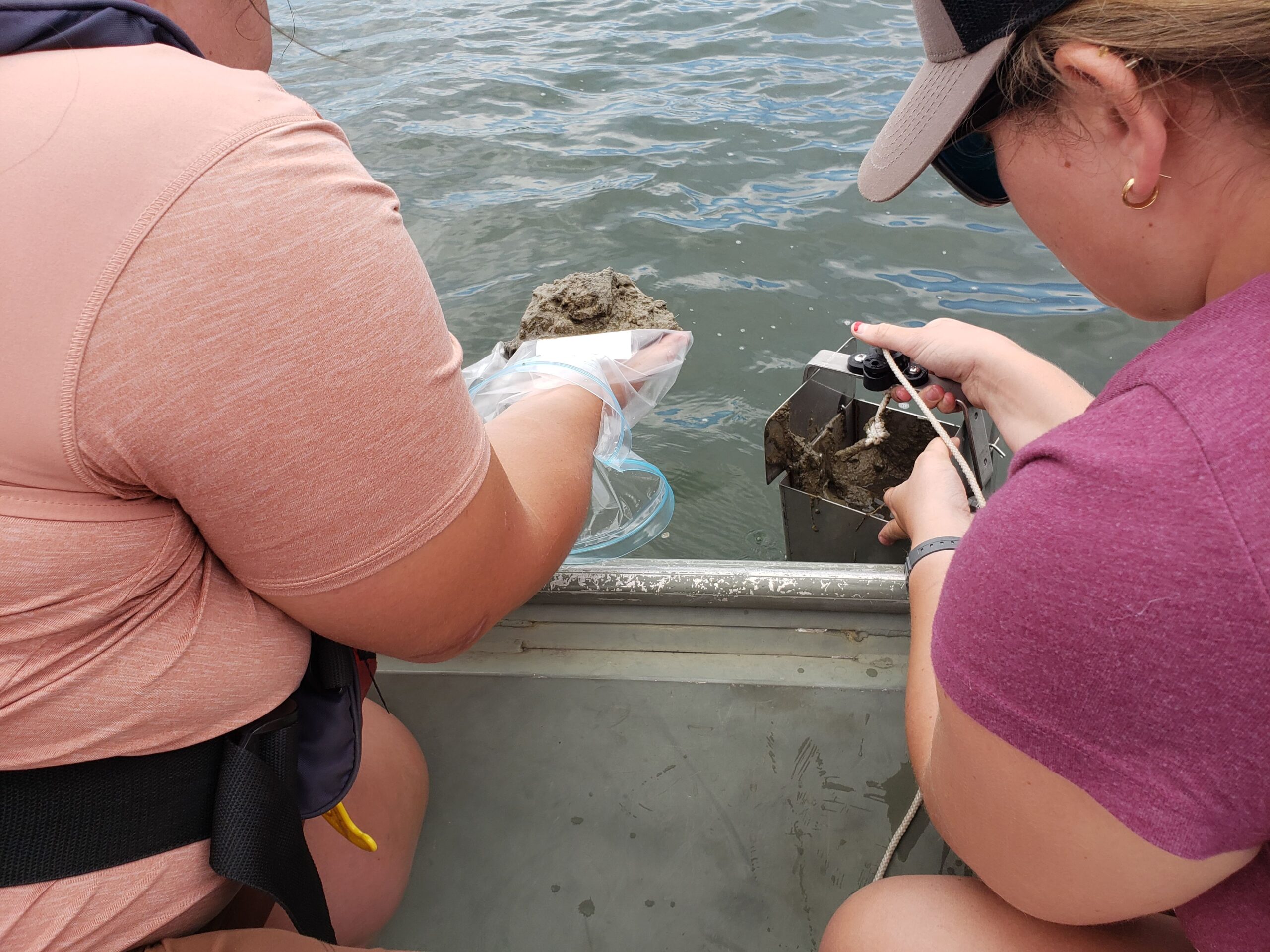
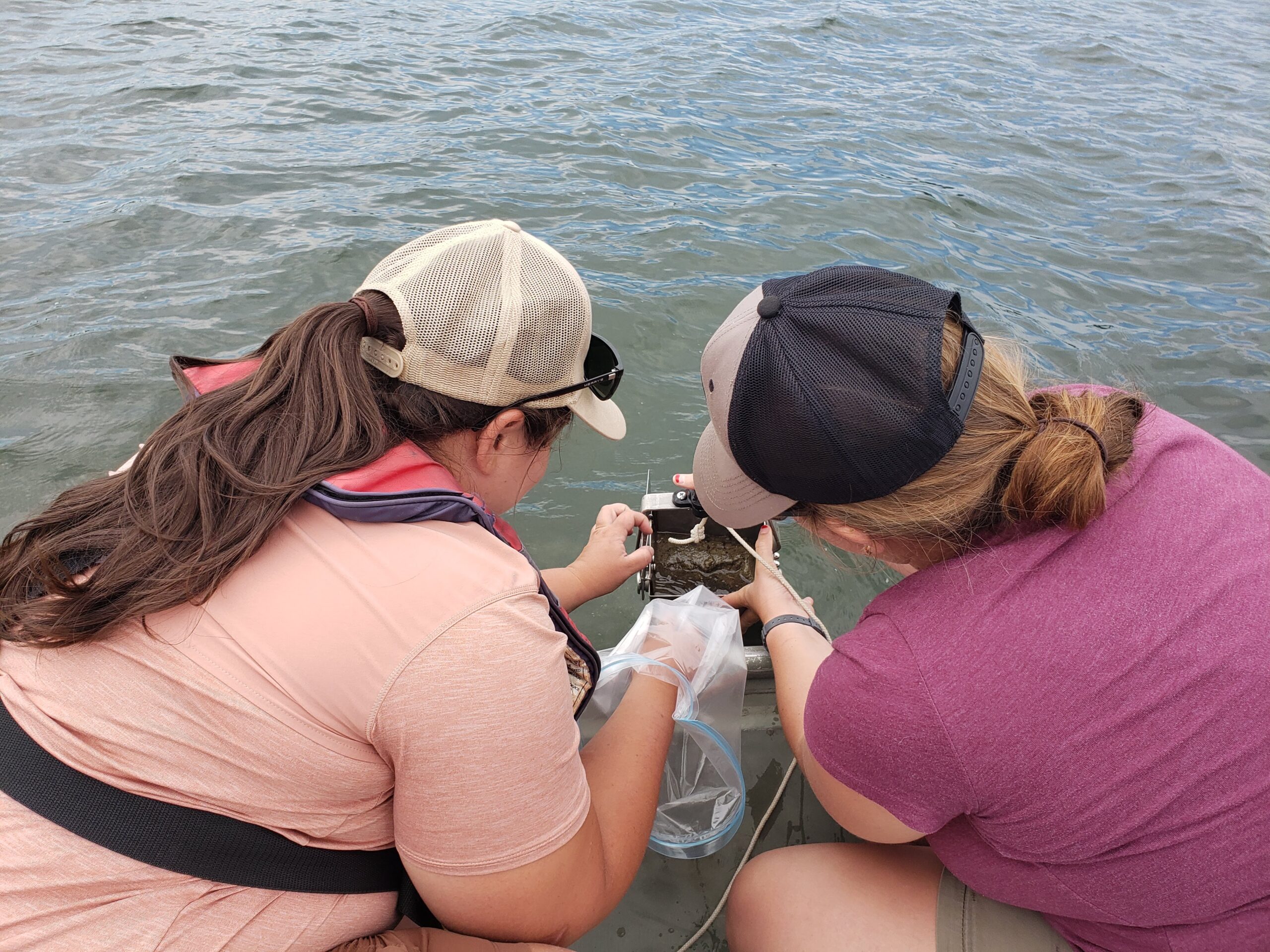
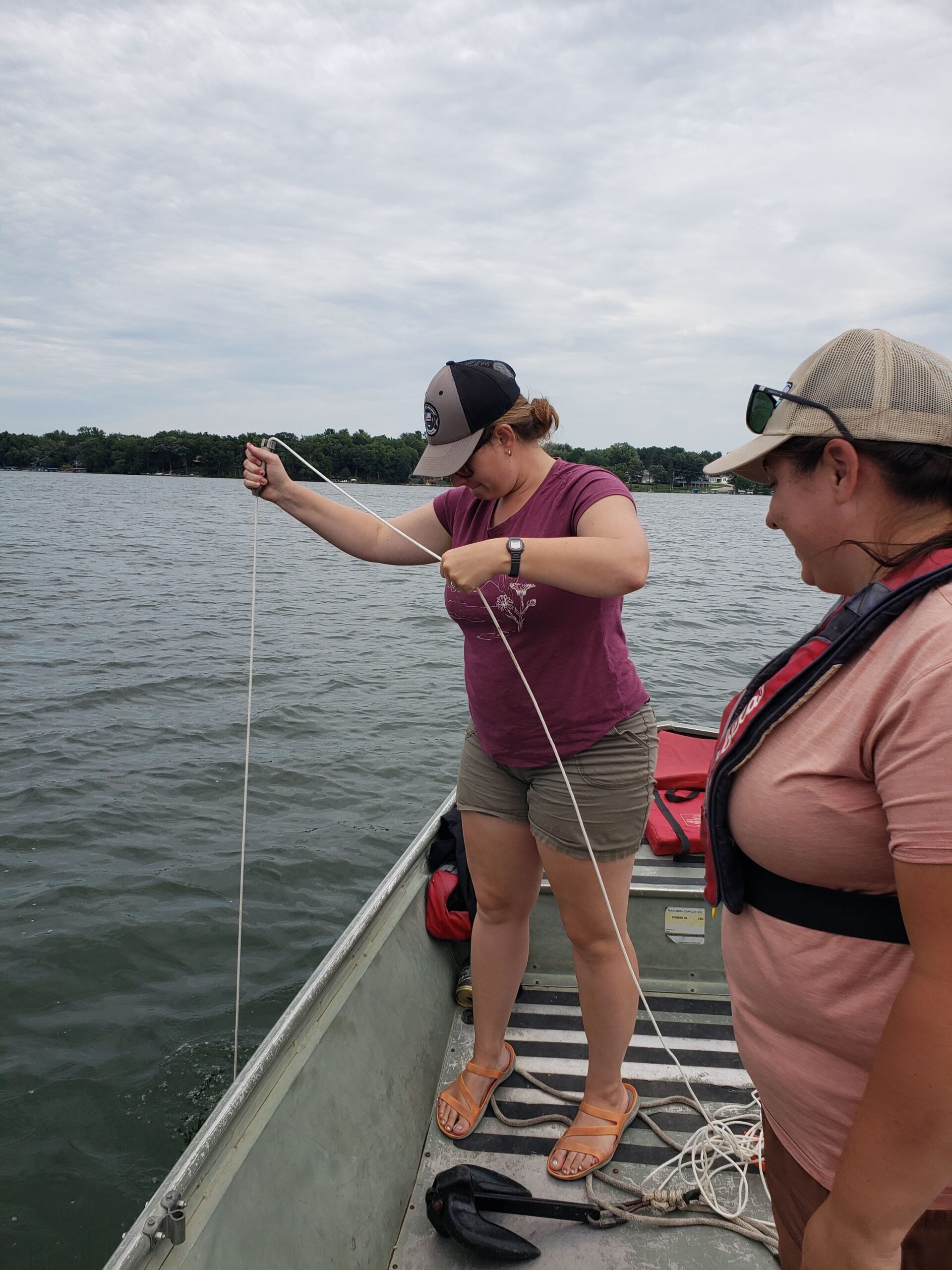
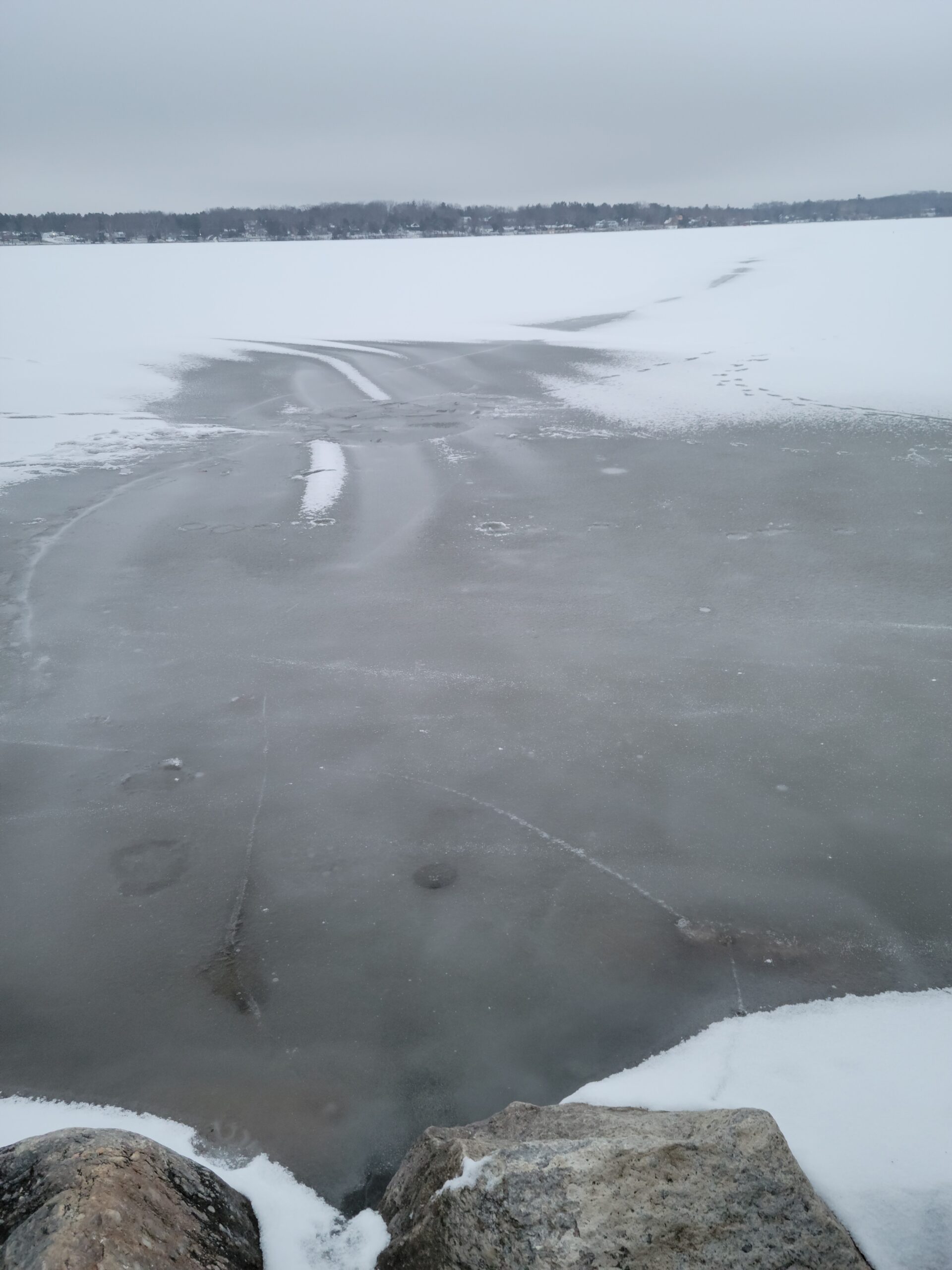
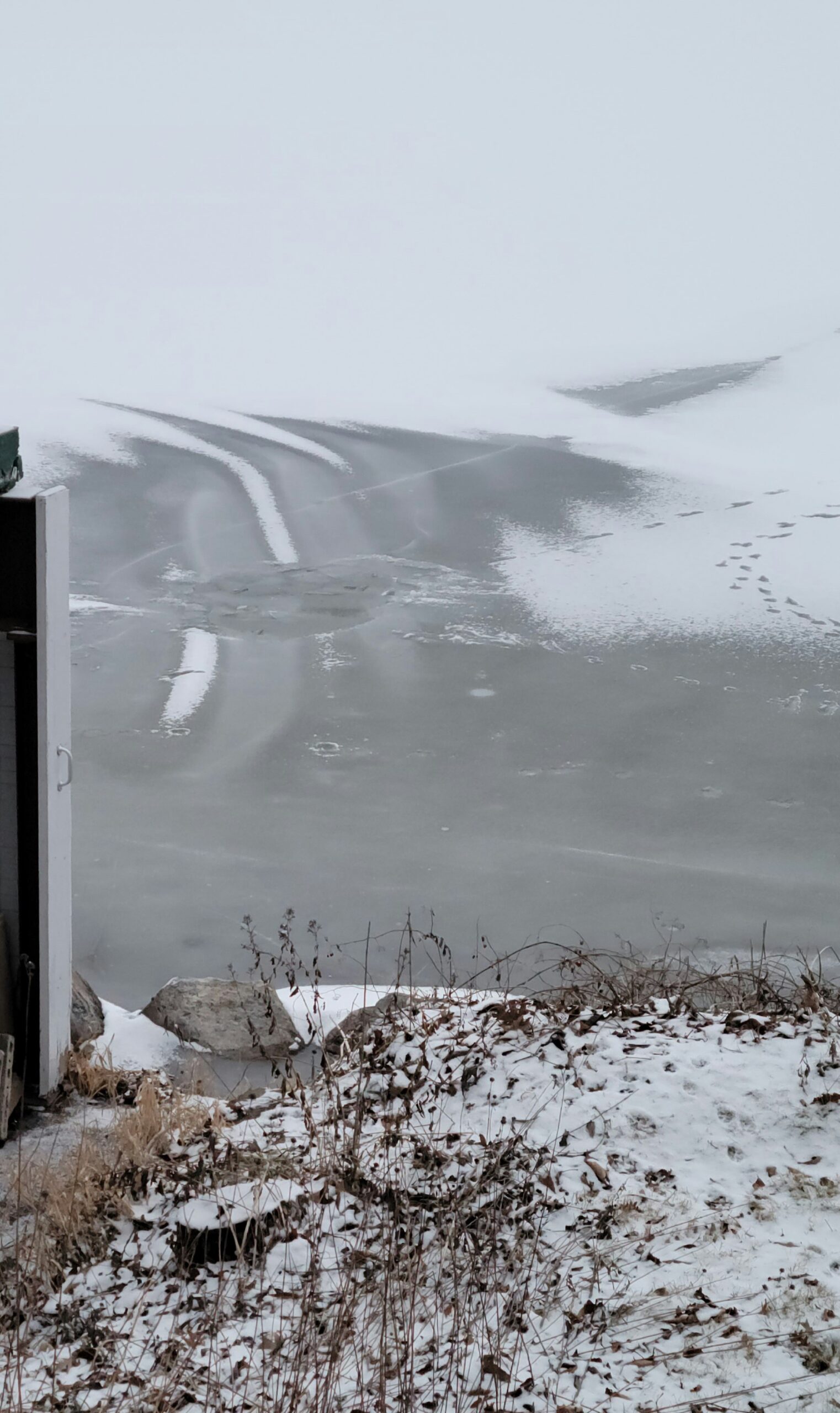
The Wisconsin Salt Wise Partnership is gearing up to spotlight the threats that road salt poses to our rivers, lakes and drinking water. All the salt that we apply to pavement ends up in our water, making our freshwater less and less fresh each year. Just a teaspoon of salt permanently pollutes five gallons of water! Featuring five speakers over five days, the daily livestreams will address the environmental toll of deicers, salts in our drinking water, actions the Wisconsin DNR is planning, and how residents can get involved. Register online at: www.wisaltwise.com.
Wisconsin Salt Awareness Week
Monday, January 23rd to Friday, January 27th
Daily livestreams 12:30-1pm
Using more salt than is necessary doesn’t actually make our roads or sidewalks safer. Excess salt does prematurely age infrastructure and damage freshwater resources. Municipalities across the state are dialing in salt use through improved mechanical removal, calibration, and the precision application of deicers. By focusing on first removing as much snow as possible and then right-sizing salt use when necessary, residents and businesses can cut down how much we spend on salt, protect our freshwater lakes and rivers, and keep pavements safe.

Hey friends! Are you interested in collecting some free firewood? The District is once again offering free firewood to area residents!!
The District cuts some trees along our woodland trail for management goals. This is excellent seasoned firewood, and it is free to anyone willing to cut it up and haul it away. Volunteers must bring their own gear and equipment and sign a liability waiver. Personal safety of volunteers is our upmost concern. Take advantage of this great opportunity to replenish your woodpile before winter!
We are offering weekday times for folks to come collect firewood. Only downed, on-the-ground wood is available for collection. The felling of live, standing-dead, or hung-up trees is strictly prohibited. Upon permission, Lake District residents will be allowed to drive a truck and trailer to the site to collect firewood. No skid loaders or log splitters allowed.
If you would like to take advantage of his great opportunity to replenish your woodpile, please call the District office at (608) 423-4537 or via email at [email protected].


At the Town of Oakland's July 19th Town Board Meeting, the Town Board voted to pass Ordinance #70 - Restricting Treestands and groundblinds in the Lake District Preserve. Below is a photo of the ordinance. You can find the full ordinance on the Town of Oakland's website, here.
The District is hosting a Pizza Ranch fundraiser, partnering with Watertown’s Pizza Ranch! We are selling pizzas starting Sunday, May 29th and going through Saturday, June 11th! There are SIX different kinds of pizza you can get. Stock your freezer for the summer with Pizza Ranch’s declious pizzas! You will be able to pick up your pizzas at the Oakland Town Hall on June 25th from 10-11am.
We are hosting this fundraiser so we can replace our 130′ elevated boardwalk that runs through our Preserve. What’s even cooler? Pizza Ranch is going to donate $3 for every pizza sold!! How awesome!


The chittering sounds of the Chimney Swift will return to Wisconsin in mid-April to early May as they return from their winter homes in South America. While migrating through the state, large numbers can be found in the early evenings – ready to roost in brick chimneys. Some will stay in the area to breed and others will go farther north.
“Springtime is an excellent opportunity to gauge their population numbers and help assess trends for this species,” said Barbara Duerksen, member of the Wisconsin Chimney Swift Working Group, a statewide volunteer effort to keep swifts common in Wisconsin. “Counting swifts is important, because their numbers are declining. We’ve been doing this for years in the fall, but we’re now encouraging folks to be watching and counting in the spring as well.”
Unfortunately, according to the latest North American Breeding Bird Survey, the Chimney Swift population has declined by 72% in the past 50 years. By continuing to monitor these populations, we hope to learn more about them and identify important roost sites so we can find ways to help protect them.
“Everyday people like you and me can count Chimney Swifts as they enter chimneys in the early evening. It’s a simple process; you don’t need to be a bird expert to do this. All you need to do is count.”
If you want to help with the count, here’s how:
- Watch and listen for Chimney Swifts during the daytime as they hunt for insects to determine when to begin counting. The lower half of the state may see them in late April to early May. The upper half of the state may be a little later.
- Look for tall brick chimneys that are uncapped. If you find more than one chimney, do some scouting in the evenings to determine where the swifts will roost. Watch for swifts swooping over the chimney for a while before they enter. Be aware that the roost site choice can change from night to night, especially during migration.
- Pick one or more nights to monitor in May. Larger numbers show up two or three weeks after the first swifts arrive.
- Observe the roost starting about 20 minutes before sunset until 10 minutes after the last swift enters the chimney. Please stay in one location, even if you do not see swifts right away. They may come to your site later and you do not want to miss them. To be sure, stay 30 minutes after sunset to know if it was active or not. If you have zero swifts in your chimney, please record this. This is still valuable information.
- Count (or estimate) the number of swifts as they enter the chimney. It’s useful to count in groups of five or 10 when they enter quickly in large numbers. A hand-held clicker counter can be helpful.
- Counts could continue at the large chimneys throughout the breeding season, if large numbers of individuals continue to use these roost sites.
You can help us better access and utilize your data by entering it on eBird. (www.ebird.org). When prompted for location, map your roost site to an exact address or point. After you enter the number of Chimney Swifts, please use the hash tag #swiftwi in the Chimney Swift details section. This step helps us access your information quickly.
You can also take it a step further by adding additional information in the Chimney Swift details section, in this exact order, with semicolons separating the data: #swiftwi; the type of building (residence, school, church, business, hospital, apartment, swift tower/structure, etc.); the condition of the chimney (in good shape; in need of repair); any other notes. (Example: #swiftwi; residence; chimney in need of repair; any other notes.)
“It’s pretty easy for anyone to identify a Chimney Swift, they have slender bodies, with long, curved wings and a short, tapered tail – they look like a flying cigar,” said Duerksen. They fly rapidly often twisting from side to side and banking erratically. They also give a distinctive, high chittering call while in flight. Chimney Swifts are the only bird that will roost in a chimney, dropping inside at dusk and emerging the next morning.
For more information about Chimney Swifts and how to help protect them locally, go to: https://www.wiswifts.org/

Photo courtesy of: https://ebird.org/species/chiswi
By: Melinda Myers
Spring is a favorite time in the garden. Everyday something new sprouts through the ground, blooms appear, and leaves begin filling empty branches. As you enjoy spring and summer unfolding, keep a lookout for unwelcome plants in gardens, waterways, and natural areas. The more people watching for and helping to manage invasive plants the better chance we have for controlling these invasive plants.
As active gardeners and influencers in the gardening world, we need your help not only monitoring and controlling invasive species but also informing others about this problem. The Wisconsin Invasive Species Calendar from the University of Wisconsin-Madison First Detector Network is a helpful tool alerting us to the appearance of various unwanted plants. Just click on the calendar to enlarge. This timely reminder can help us watch for, manage, and report invasive plants earlier in the season. Knowing when these plants emerge also narrows down the list of possible plants, helping with identification. Use this calendar, the links to Invasive Plant factsheets and videos on the right-hand column of the webpage and the invasive plant profiles on the Wisconsin Department of Natural Resources (DNR) website for more information on identification and control of aquatic and terrestrial invasive plants.
Expand your efforts and be a part of the Citizen Science based Wisconsin First Detector program. You’ll find helpful information in the Wisconsin First Detector and Dane County Parks Handbook on Monitoring Invasive Plants in Wisconsin.
Here are a few of the top aquatic invasive plants to watch for and remove on your property. Please watch for and report infestations of these and other invasive species in your landscape and other spaces.
This plant’s bright yellow flowers in April and May are often mistaken for our native marsh marigold. The plant spreads rapidly, crowding out nearby native plants but the leaves die back mid-season, resulting in soil erosion.
A beautiful, but invasive plant that easily spreads by seeds floating in water, rhizomes, and floating mats, infesting areas beyond the garden where they were planted. Watch for yellow flowers in May and June and strappy leaves throughout the growing season.
This plant has yellow waterlily-like flowers held above heart-shaped leaves in May through October. This water plant forms dense patches that exclude native species and creates stagnant areas with low oxygen levels.
Water hyacinth forms a dense mat of leaves over the water surface, making boating, fishing, and other water activities difficult. Its presence also degrades water quality. Watch for circular leaves to begin appearing in May and lavender blue flowers from June to September.
This plant seemed to have a banner year in 2021. It invades wetlands, disrupting the habitat and crowding out native plants that birds, insects, and waterfowl depend upon for food and shelter. Many homeowners spraying for mosquitoes may be inadvertently killing the beetles that are being used to manage this plant. Watch for the spikes of purplish pink flowers that open from the bottom up in July through September.
Look for the bamboo-like stems and plumes of creamy flowers that appear in September. It quickly spreads, creating an impenetrable thicket in gardens, natural spaces, and shorelines.
As its name implies, this plant resembles lettuce. The leaves appear from June through October and can form a dense covering, degrading water quality and reducing habitat diversity
These plants and other aquatic invasive plants are covered in the Top Invasive Plants to Avoid video. You’ll find recommendations on good plants to include and those to avoid in the “Top Plants for Rain Gardens, Water Gardens & Shoreline Plantings and Those to Avoid” webinar available on demand. To watch it, click here & enter passcode: &xe9hPU^
You can also download the webinar handout.

Water hyacinth (Eichhornia crassipes) is an invasive plant that forms a dense mat of leaves over the water surface, making boating, fishing, and other water activities difficult.
Photo credit: Paul Skawinski
Do you want to learn how to control invasive species that you see in rights-of-ways? Below you will find a document designed by the Wisconsin DNR. Inside this document you will find selected best management practices for preventing invasions, ID and control recommendations for five species of concern in south central Wisconsin, and a list of resources for further information.
Best Management Practices for Invasive Plants in Rights-of-Way
Invasive plants are taking a toll on Wisconsin's roadsides and nearby natural areas. Jefferson county is working with citizens and partners to slow the spread of invasive species. Through educational outreach, strategic planning, and active management we are protecting our environment and economy from invasives.
March 15, 2022
The Jefferson County Soil Builders Group
The Jefferson County Soil Builders (JCSB) is one of 36 farmer groups in the state that received a 2022 Producer-Led Watershed Protection Grant from the Wisconsin Department of Agriculture, Trade and Consumer Protection. This group is made up of farmers throughout Jefferson County. Their mission is to enhance water quality and natural resources through education, collaboration, and improved farming practices. Dean Weichmann, the leader of the JCSB, is excited about the work they plan to accomplish this year. “The grant is going to help us implement field days, shop talks for farmer-to-farmer conversations, research plots, and educational workshops. We welcome producers throughout Jefferson County to join us.”
The first event that the Jefferson County Soil Builders is hosting is a field day on April 12th at a farm that has several plots of mixed species cover crops. This location (N5636 Gordy Lane, Jefferson) is ideal for the field day which will include speakers that will talk about cover crops and soil health. Gregg Sanford, Associate Scientist in the Agronomy Department of the University of Wisconsin-Madison, will provide his insights on soil health after three decades of the Wisconsin Integrated Cropping Systems Trial. Adam Lasch and Tom Burlingham, farmers from Walworth and Jefferson Counties, will demonstrate the infiltration at the site as well as talk about the benefits of no-till and using a variety of species in cover crops. Jamie Patton, Senior Outreach Specialist with the Nutrient and Pest Management Program of the University of Wisconsin-Madison, and Michelle Probst, Natural Resource Educator with Dane County Extension, will be displaying soil health indicators in a soil pit. Theresa Pedretti, Cover Crop Agronomist with Albert Lea Seed, will explain the cover crop mixtures, and the role of different species in enhancing soil health. She will also discuss cover crop seed mixtures for grazing. Mike Gehl, Grazing Specialist with Glacierland RC&D, will demonstrate the ease of putting up temporary but secure fencing around cover crop fields for grazing from the seat of a UTV.
The Rock River Regenerative Graziers is co-hosting the field day. They also received a grant for 2022 from the Department of Agriculture and are working throughout Jefferson County. Their mission is to enhance the ecosystem services for current and future residents of the Rock River Basin by improving soil and water health through implementation of best regenerative agricultural practices. The two producer-led groups plan to work together on programs and education.

You may have been wondering what the green floating mats around the shorelines of our lake are – it’s algae! Algae is a simple, nonflowering aquatic plant that get its nutrients directly from the water, meaning their growth and reproduction are entirely dependent on the amount of nutrients that are in the water. Usually, algae forms small mats on the water’s surface and they can provide cover for small animals such as aquatic insects, snails, and scuds – all of which are important fish food!
Only a small percentage of algal species can cause harm to humans and the environment through toxin production or excessive growth. Most algae begin growing in response to nutrients that have washed into a lake. Algal growth serves as nature’s way of capturing these nutrients and contaminants that otherwise would be carried downstream to impair other streams or lakes! The mats may be unsightly, but they are doing what they evolved to do! Algae growth is not related to our weed harvesting program.
Nuisance growth of algae occurs when a lake has excessive nutrients – usually phosphorus. When mats of algae grow to cover large areas, they limit the amount of sunlight and oxygen that is normally is exchanged. This prevents the plants below from photosynthesizing and producing the necessary oxygen needed in the water! Due to the lack of oxygen, these conditions usually result in fish kills and noxious odors.
One of the really great ways to help limit the number of algae growing in our lake is to have a shoreline buffer!! This cannot be stressed enough. With so many well-kept, green lawns around the lake, it is inevitable for some of those nutrients (fertilizers, pesticides, etc.) that have been put on those lawns to make their way to the lake. Natural shoreline buffers are essential when it comes to keeping our lake clean.
If you are interested in installing a shoreline buffer, please contact the office at [email protected] or (608) 423-4537.


With water temperatures rising in area lakes, a naturally occurring bacteria may cause local fish kills. The bacteria is commonly known as columnaris (Flavobacterium columnare). Columnaris outbreaks typically occur when water temperatures reach 65° to 70° F and rain events cause organic material to run into lakes and streams causing the bacteria to thrive and multiply. These conditions, combined with increases in spawning hormones (or other stressors such as low dissolved oxygen) which suppress fishes' immune systems make columnaris outbreaks more likely.
The most commonly affected fish in Wisconsin are bluegills, crappies, yellow perch and bullheads. Columnaris is aggressive and can rapidly spread and kill fish in a short (24 hour) time frame. Disease characteristics include yellowish mucus on part of the fins or gills, usually surrounded by an area with a reddish tinge, and associated sloughing skin. “In most cases, columnaris bacteria destroy gill tissue, causing the fish to become listless. Sick fish may be observed at the water surface and may have difficulty swimming and maintaining their balance,” according to Sue Marcquenski, a DNR fish health specialist.
Columnaris outbreaks are typically seasonal, and pose no threat to humans. However, you should not eat fish you find dead, decomposing, or that appear sick, regardless of cause. Decomposing fish may attract other bacteria harmful to people, so you should always wash your hands after handling fish especially if the fish is dead or appears diseased. Dead fish and fish with sores may be contaminated with bacteria and it is a good idea to wear protective gloves when handling dead fish.
Although it can appear to produce large scale fish losses in a matter of several days, columnaris usually does not have a catastrophic impact on overall fish populations in the bigger picture of a lake ecosystem, according to fishery biologists.
If you catch a diseased fish or observe a fish kill take the following steps:
- Note the waterbody, date, fish species, and approximate number of dead/dying fish.
- Anglers should retain suspicious looking fish as part of their daily bag limit for examination by the local fisheries biologist. Place the fish in a plastic bag and then in a cooler on ice. Do not transport the fish to a DNR office or hatchery.
- Do not collect fish samples from a fish kill.
- Contact the DNR TIP line (800-TIP-WDNR or (800) 847-9367) or your local fish biologist (Travis Motl at (920) 387-7873).
The local fisheries biologist will contact you as soon as they are available and will make the determination about whether the fish should be examined or not. DNR staff will not have time to visit every occurrence of dead fish or examine every potentially diseased caught fish.


